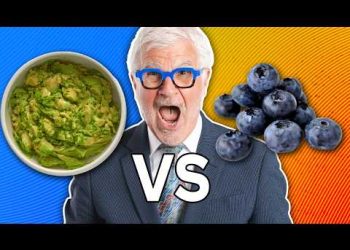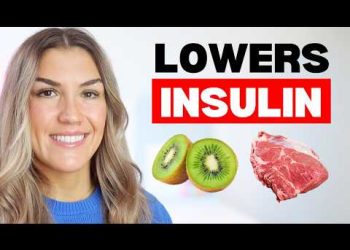Introduction
In the evolving world of nutrition, certain foods that were once considered healthy have now been revealed to be less beneficial than previously thought. Changes in food labeling and dietary guidelines are causing some items to lose their “healthy” status. Let’s explore ten foods that can no longer be labeled as healthy, according to more recent nutritional insights.
The Sugary Cereal Dilemma
Many cereals, such as Fruit Pebbles, Froot Loops, and Lucky Charms, are losing their healthy label due to their high sugar content, artificial colors, and processed grains. It’s no surprise, but it does prompt concern about their presence in children’s diets. The FDA’s proposals aim to rectify these misleading health claims.
FDA Labeling Changes
The FDA is aiming to modify the criteria under which foods can be labeled as healthy. The new proposal requires foods to contain specific nutrients and limit certain ingredients like sugar, sodium, and saturated fats. This could lead to significant changes in how foods are marketed.
Critique of Current Dietary Guidelines
The critique often extended to both the FDA and USDA guidelines is their excessive allowance for grains and low-fat products, which may not necessarily promote health. There’s a need to focus more on whole, unprocessed foods and less on grain-centric diets.
Fruits and Vegetables: A Closer Look
While guidelines often lump fruits and vegetables together, it’s important to differentiate between the two. Non-starchy vegetables can generally be consumed freely, while fruits should be eaten more sparingly due to their sugar content. This distinction is crucial for a balanced diet.
Rethinking Grain Consumption
The proposal indicates a need for more whole grains, but many nutritionists suggest limiting grains in diets, especially modern wheat. Ancient grains in moderation might be acceptable, but they should not be the foundation of a diet.
The Dairy Debate
Dairy remains a controversial subject. While the guidelines favor low-fat dairy products, some nutritionists advocate for high-fat dairy options like butter and cheese, which may have more health benefits, especially when fermented, like yogurt or sour cream.
Rethinking “Healthy” Past Foods
With the proposed changes, foods like frozen pizzas and TV dinners may lose their healthy status due to high sodium and lack of whole grains. These findings challenge the industry to consider reformulations to maintain their market appeal.
Foods Now Considered Healthy
Interestingly, some foods previously labeled unhealthy are receiving recognition for their benefits, such as salmon, avocados, and olive oil. These foods offer beneficial fats and nutrients, reinforcing a shift towards more natural food options.
The Opposition and Future of Food Labeling
Despite these positive shifts, there’s strong opposition from powerful food companies, who argue that these new guidelines are overly restrictive and infringe on free speech. The outcome of this debate will significantly impact how foods are labeled and marketed in the future, underscoring the importance of consumer awareness and education in nutrition.











